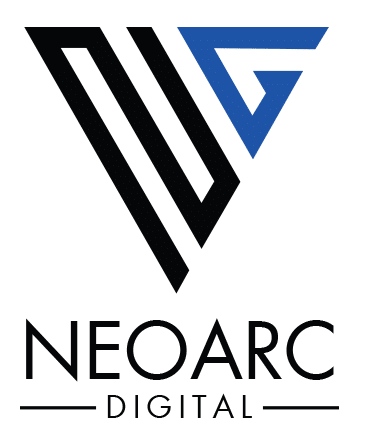Augmented Reality (AR) technology has profoundly reshaped the mobile app development landscape, offering immersive experiences that blend virtual elements with the real world. This innovative technology not only enhances user engagement but also opens up novel avenues for app functionality across various industries. Let’s explore how AR is changing the dynamics of mobile app development and the implications for businesses and developers.
- Enhanced User Experiences
AR technology elevates the user experience by introducing interactive elements that are visually rich and engaging. By overlaying digital information onto the physical world, AR apps provide a unique and interactive way to explore content, which can significantly enhance user engagement and satisfaction.
Examples:
- Retail Apps: AR allows customers to visualize products in their own space before buying, like furniture or decor in their living rooms.
- Educational Apps: AR can bring educational content to life, making learning more engaging by integrating 3D models and simulations.
- Innovative Marketing Tools
AR apps offer innovative marketing tools that can create memorable experiences and drive brand engagement. These apps can turn traditional marketing strategies into interactive campaigns, allowing users to engage with the brand in a more meaningful way.
Examples:
- Interactive Advertisements: Companies like IKEA and Nike use AR for interactive catalogs and marketing campaigns where users can see how products will look in their environment or how shoes fit.
- Brand Engagement: AR can enhance brand presence at events by offering virtual try-ons, interactive displays, and augmented environments.
- Operational Efficiency and Training
In industries where operational efficiency is key, AR can provide workers with real-time data and procedural support through overlays that improve accuracy and reduce downtime. This is particularly effective in sectors like manufacturing, logistics, and healthcare.
Examples:
- Manufacturing: AR can project workflows directly onto equipment, guiding technicians through repairs or maintenance.
- Healthcare: Surgeons use AR to overlay critical information during procedures, which can increase precision and safety during operations.
- Real Estate and Interior Design
AR technology transforms the real estate and interior design industries by allowing clients to visualize properties and interior designs in situ. This can significantly enhance client satisfaction and expedite decision-making processes.
Examples:
- Virtual Tours: Real estate apps provide AR-driven tours of properties, allowing potential buyers to explore places remotely with a realistic feel of the space.
- Interior Decoration: Apps like Houzz let users visualize different furniture and decor elements in their actual living spaces.
- Gaming and Entertainment
The gaming and entertainment sectors have been revolutionized by AR, offering games that integrate the player’s real-world environment, thereby enhancing the immersion and interactivity of the gaming experience.
Examples:
- Pokémon GO: This game brought AR into the mainstream by allowing players to catch virtual creatures in real-world locations, blending digital gameplay with physical movement.
- Interactive Storytelling: AR can turn a location into a narrative environment where stories unfold through user interaction with their surroundings.
Challenges in AR App Development
Despite the vast potential, AR app development comes with its set of challenges:
- Technical Complexity: Developing AR apps requires advanced skills in 3D modeling, computer vision, and graphics rendering.
- Hardware Limitations: The effectiveness of AR apps can be limited by the capabilities of the user’s device, particularly in terms of processing power and camera quality.
- User Privacy Concerns: AR apps often require access to sensitive data like location and camera input, raising privacy issues that must be addressed.
Conclusion
The integration of AR in mobile app development is transforming how users interact with apps and perceive the world around them. As technology advances and adoption increases, AR will continue to expand its influence across more sectors, offering even richer interactive experiences and operational efficiencies. For developers and businesses, staying ahead in AR technology means unlocking a world of opportunities for innovation and competitive advantage.




